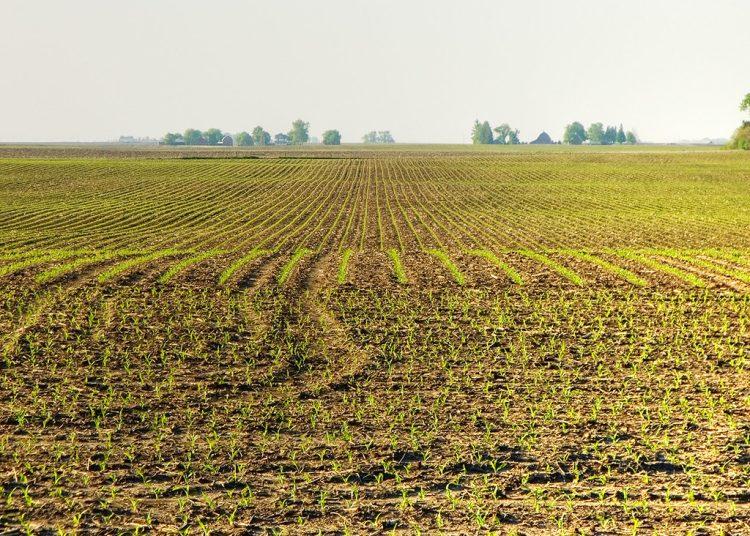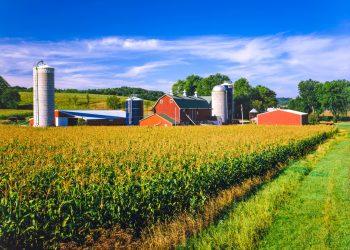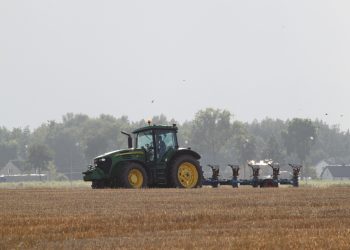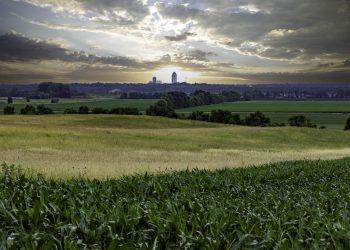Spring is an exciting time of year. As the days get longer and warmer, we feel a sense of renewal and revitalization. Our students are anticipating the end of the school year, outdoor activities are in full swing, the smell of freshly mowed grass and backyard grills begin to permeate the air, and our communities will soon gather for annual celebrations.
For our hardworking farm families, spring is also the start of another busy growing season. Whether it’s the birth of a new calf or the emergence of the first seedlings popping through the soil, spring brings a feeling of optimism.
And each year, our farmers are continually innovating and using the latest technology and practices to be more sustainable and efficient while also increasing productivity. We stand on the strong foundation of the generations who farmed before us, and we also pair that rich heritage with an expectation of constant improvement – better genetics, better tools, better equipment and better practices.
And because of our valuable natural resources and our talented farmers and ag professionals, we’ve managed to remain highly productive despite three years of widespread drought. Iowa leads the nation in the production of corn, pork, eggs, ethanol and biodiesel. We also rank very highly in soybeans, beef, dairy, turkey and many more products. We are experiencing heightened interest in specialty crops and increased opportunities in local foods, driven by consumer demand.
Fortunately, growing conditions are looking more promising this year.
For as far back as Iowa’s records go, 2022 was the 25th driest year on record. However, precipitation for the winter months of December, January and February was more than two inches above normal. Last year at this time, we were entering the third straight year of La Nina for only the third time since 1950. This year, we are in an “El Nino Watch” for the May-July timeframe, which typically means cooler temperatures along with closer to normal or even above-average precipitation. While we still have significant soil moisture deficits to make up, the above-normal precipitation since the start of 2023 has helped.
But of course, the weather is just one of many possible challenges on the horizon. From high inflation to supply chain disruptions, there’s no shortage of uncertainty involved with providing the food, feed, fuel and fiber on which our local communities and global consumers rely.
While farmers have recently enjoyed prices that reflect strong demand, that’s only half the story. The costs to grow crops and livestock are also continuing to climb higher. Farming is capital intensive and rising interest rates and sky-high input costs are squeezing margins. Even as we continue to battle supply chain disruptions, the seed, feed, rent, fertilizer, crop protection products, labor, fuel, equipment and many other inputs remain expensive.
Because farmers continue to manage a high level of financial risk, it’s critical that Congress pass a new Farm Bill with important protections like crop insurance. We also need clear and workable definitions of Waters of the United States (WOTUS) so farmers can freely operate using modern farming practices, and water quality and conservation work can continue to accelerate. Washington must also get more engaged in trade and the Biden Administration must start negotiating new and expansive free-trade agreements. At a time when there is so much instability in the world, American agriculture offers our trading partners an abundant, safe, reliable and dependable source of products.
While we cannot predict all the challenges that we will face in the weeks and months ahead, this time of year brings with it a renewed sense of hope and optimism. Because agriculture continues to drive the Iowa economy, we should all have reason to hope for a bountiful year ahead.















